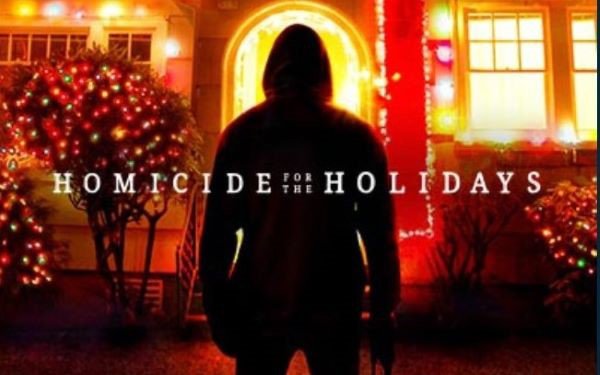
As 2023 draws to a close, the
same issues persist about TV and the role it plays in a society riven by division.
Anger is the national pastime. Discussions over social issues are a
take-no-prisoners blood sport.
On TV, the worst of humanity is the central theme. Real-life murder stories
-- and scripted ones too -- take up tens of thousands of hours.
Some nights, we graze up and down the cable channels
searching in vain for serenity. Would it be so terrible to come across something -- anything -- attractive, civil or peaceful?
Instead, there are the latest aimless murders and
assaults on our city’s streets, all the bad news domestic and foreign, and talking heads lecturing the rest of us about all of it.
advertisement
advertisement
And always, the endless
array of murder shows. “Homicide For the Holidays,” anyone? ’Tis the season to be melancholy.
In our society today, extreme violence and
people having sex -- i.e., porn -- are among our most popular forms of entertainment.
TV -- both streaming and legacy -- has plenty of the former, but as far
as I can tell, none of the latter. But follow the money and give it time.
TV is only part of today’s great content ecosystem. Some would say TV does
not have the power to influence in the way it once did when it was the king of all media. Advertisers still flock to it, though, which indicates it is not dead yet.
Millions
upon millions still watch what we call legacy TV. I interpret the phrase as referring first and foremost to the broadcast networks and their local-station affiliates, and then to the
advertiser-supported world of basic cable.
And what a mess that is. As the years go on, the shows on basic cable look cheaper and cheaper and the commercial breaks
are longer and longer.
One of the “90 Day Fiancé” spinoffs on TLC has people lounging in bed watching “90 Day Fiancé.”
How much does one get paid for laying in bed on TV?
It is a reflection of the way many of us watch TV these days. But if we are watching other people just
like us watching TV just like us, what kind of bizarro TV world are we living in today?
TV’s role in exacerbating the fury prevalent today is not
debatable (although some might choose to debate it).
Social media having little or nothing to do with TV is a big contributor to the vast arena of
anger.
But the cable news channels and their web site counterparts have fanned the flames for years. And it
can be argued that the temperature of their fire rises all the time.
These days, it is as if reporting the news on cable without slanting it in one direction
or the other is as dead as newsprint.
For example, I look at the CNN and Fox News web sites far more than I watch them. And the
phenomenon I discovered this year was the one in which they each present stories with headlines of outrage taken from their own TV talk shows.
It is easy to justify all the vitriole as merely responding to what the audience wants. TV has always reacted that way.
It is the same old chicken-and-egg question. On the subject of the divisions roiling society, our communities and our friendships, which came first? The
vitriole itself or the medium that helps to propagate it?